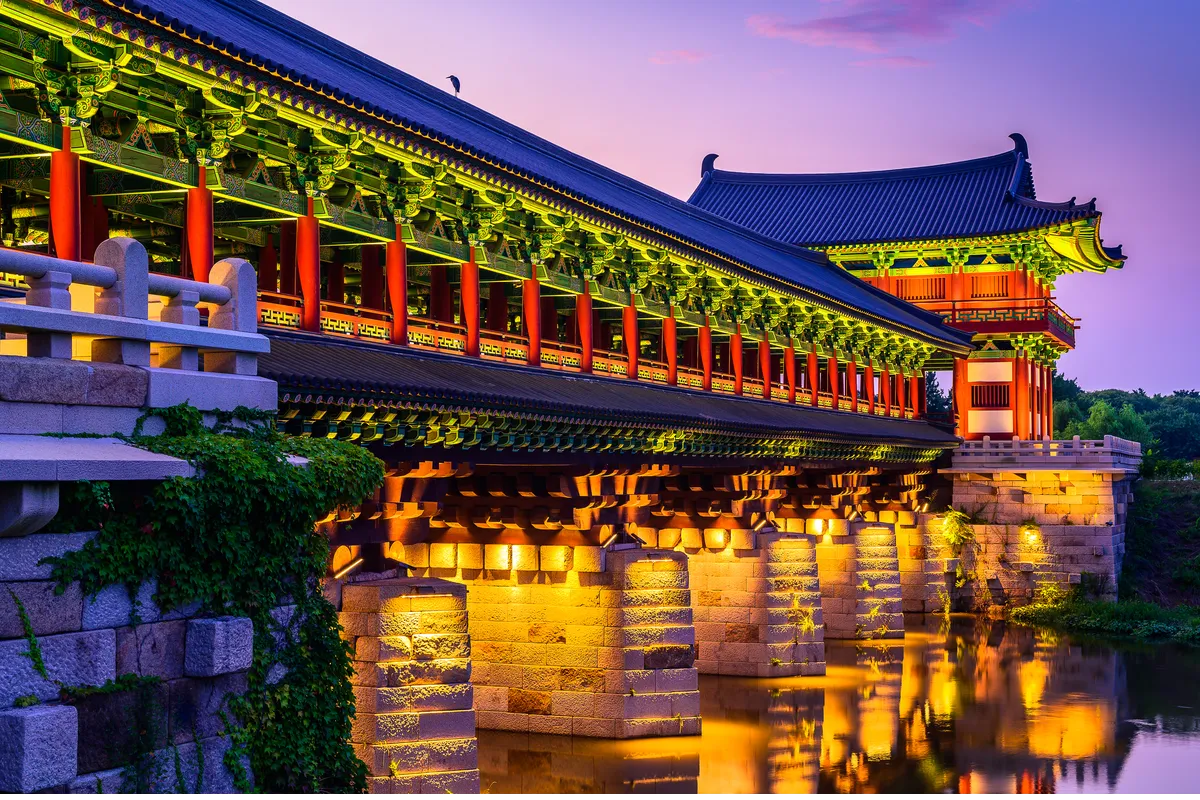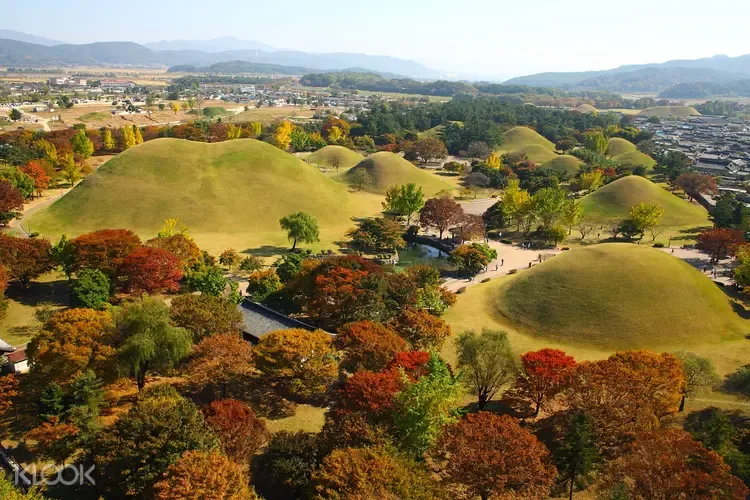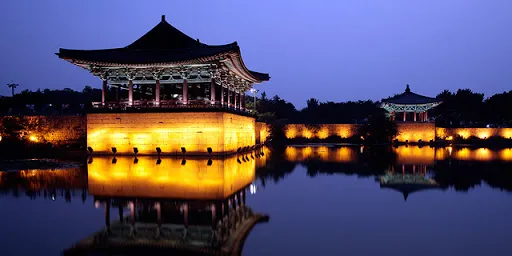
Today we will talk about Gyeongju in XX century and modern Gyeongju. Since 1895 status and role of Gyeongju were changed several times. In the beginning Gyeongju had a status of center with a low population, which is called ‘myeon’ in Korean. In 1931 city got a status of urban province, which is called ‘yeup’. In 1955 Gyeongju finally got a status ‘ssi’, which means ‘city’ in Korean.

At first, the Gyeongju city didn’t play a special role in the life and development of Korea. However, from the beginning of the XX-th century, archaeological excavations began in Gyeongju, and a museum was opened, which today is the National Museum of the city. Unfortunately, excavations at that time were carried out by Japanese experts, and many finds were stolen. Therefore, only some reports of archaeological excavations of the city have survived till today.

By the middle of the XX-th century, Gyeongju changed a lot. First of all, transportation system was developed. Railways were built, one of which connected Gyeongju with Seoul (at that time the city was called Gyeongsong). Along with the construction of the railway, the industrial prosperity of the city began. Many factories were opened in nearby provinces, which also served as an impetus for the development of Gyeongju.
Today, Gyeongju is famous for it’s historical sights and cultural spots. Gyeongju is divided into 5 historical district, and each district has an unique story. You can feel a real Korean history. Also, you can enjoy beautiful nature and fresh air.
And I will show you around the city next time. And I will introduce to you one of my favorite place in Gyeongju.
So, stay online!

If you have any questions about Korea don't hesitate to contact me here or via instagram 
More articles about my travel adventures you can find here 


